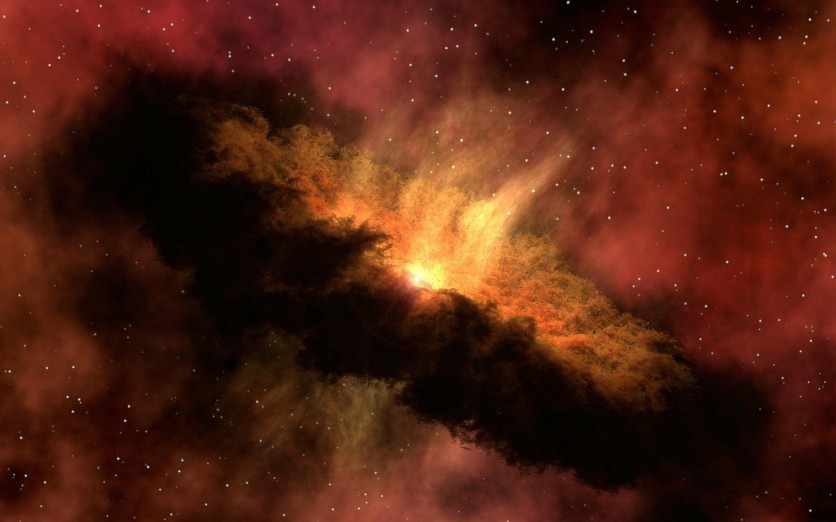Observatories detect a 'fast radio burst' (FRB) all around the world on April 28, 2020, emitting a powerful combination of radio and x-ray energy surges that is believed to be coming from a dead star that produced the same occurrence 30,000 years ago.
The FRB detected by observatories triggered alarms globally and lasted just for half of a second before disappearing. This scientific discovery confirmed on July 27 posted in The Astrophysical Journal Letters stating that this is the first FRB to be coming from a known star within the vicinity of the Milky Way Galaxy.
Live Science stated that these 'fast radio bursts' have puzzled scientists into studying and researching more of its origins as the radio waves characterized a massive surge of energy. The surges emitted by the FRBs are believed to be lasting for only a few milliseconds; still, it records far greater energy than that of the known Sun for a century.
What made this 'fast radio burst' remarkable is that it originated from a distant dead star known to be located in the Milky Way. Most FRBs that scientists record and discover come from distant galaxies and are estimated to be hundreds of light-years away from home. Those specific FRBs are also being studied as to what caused their sudden energy surges. Scientists consider a variety of reasons for the occurrences like black holes colliding and even the possibility of extraterrestrial spacecraft producing pulses.
Fast Radio Burst Phenomenon
This particular 'fast radio burst' is a phenomenal happening in the field of science. There is a rarity that FRBs exist in the galaxy, but this particular one is so close to the Earth, calculating it to be only 30,000 light-years away.
The European Space Agency said that signal came from a distant neutron star. Scientists identified that this neutron star is located in the constellation Vulpecula.

"The 'Burst Alert System' on Integral automatically alerted observatories worldwide about the discovery in just seconds. This was hours before any other alerts were issued, enabling the scientific community to act fast and explore this source in more detail." Sandro Mereghetti, of the National Institute for Astrophysics in Milan, Italy, and lead author of the FRB study.
"This is the first ever observational connection between magnetars and fast radio bursts." he added.
Later on, astronomers saw a short and extremely bright burst of radio waves believed to be emitted by the SGR 1935+2154 using a radio telescope known as CHIME, together with an x-ray emission. U.S. and Canada reported seeing this happening too.
What is a Fast Radio Burst
First discovered in 2007, these 'fast radio bursts' is one of the great mysteries astronomy. The bizarre occurrences of the bursts initially recognized only x-rays. However six years ago, SGR 1935+2154, a magnetar in the Vulpecula constellation became active, and after sudden bursts of x-rays, it emitted radio waves as well.
The SGR 1935+2154 is a neutron star located 30,000 light-years away from Earth. Neutron stars are formed when a massive star runs out of fuel and collapses, the core disintegrates every proton and electron, leaving behind neutrons. If these neutrons register a number between one to three solar masses, the neutrons that are formed will halt the on-going collapse and will create a new dead star. The intact core amasses massive energy as powerful as the Sun while sized only as big as cities.
This particular neutron star where the FRB originated is classified as a "magnetar", a stellar remnant object with an immense level of a magnetic field. The scientists that studied the phenomenon stated that magnetars are the reason for most FRB occurrences in recent years.
This article is owned by Tech Times
Written by Isaiah Alonzo
ⓒ 2025 TECHTIMES.com All rights reserved. Do not reproduce without permission.


![Best Gaming Mouse For Gamers With Smaller Hands [2025]](https://d.techtimes.com/en/full/461466/best-gaming-mouse-gamers-smaller-hands-2025.png?w=184&h=103&f=6fd057ef777bd39251d4e7e82e9b23f1)

